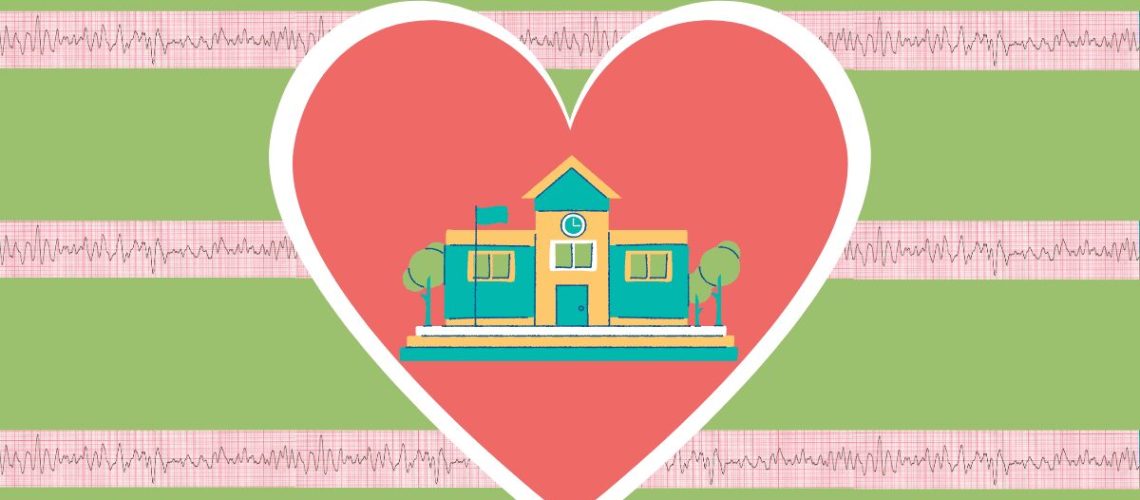When Damar Hamlin collapsed during an NFL game, the entire country go to see the importance of a practiced cardiac emergency response plan. Athletic trainers had an AED up and running within seconds, allowing Damar to be treated at the hospital. He made a complete recovery and is ready to get back on the field!
Damar had a good outcome because those around him were educated and prepared for a cardiac emergency. Schools across the country are looking at their supplies and trainings to ensure they are as prepared – in case an emergency happens to them. Is your school prepared? What are you missing on the checklist below?
- Education
- All school staff, especially coaches, should know what sudden cardiac arrest is and what it can look like. The first step to any emergency is recognizing that it is happening!
- Training
- CPR and AED training for as many staff as possible is recommended. In many states, high school students are also required to have this training.
- Supplies
- An AED is essential on every campus. On many campuses, more than one is needed. It is recommended that there is an AED that can be retrieved from any point on campus in under two minutes.
- Plan
- While training and AEDs are essential to respond to a cardiac emergency on your campus, a practiced plan makes them effective. By practicing your plan- like one created in our Med-E Ready program, you can ensure that if and when an emergency happens on your campus, you can provide the best care possible for a good outcome.
Code Ana has created a course on sudden cardiac arrest (SCA) for educators and other non-medical community members. This course, similar to our Food Allergy for Educators course, serves as a primer for those interested in learning more about SCA. You will learn about how the heart works, what can be wrong with the heart to increase the risk of SCA, ways to recognize SCA, and how to respond effectively. Enroll today in this free course!




